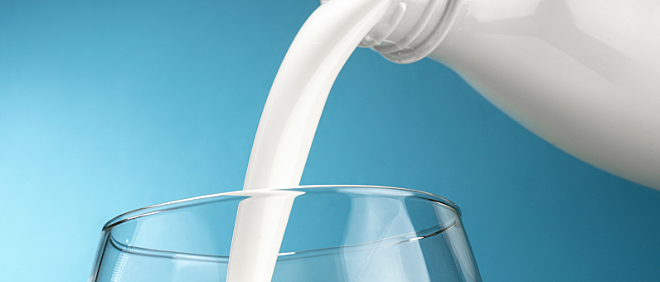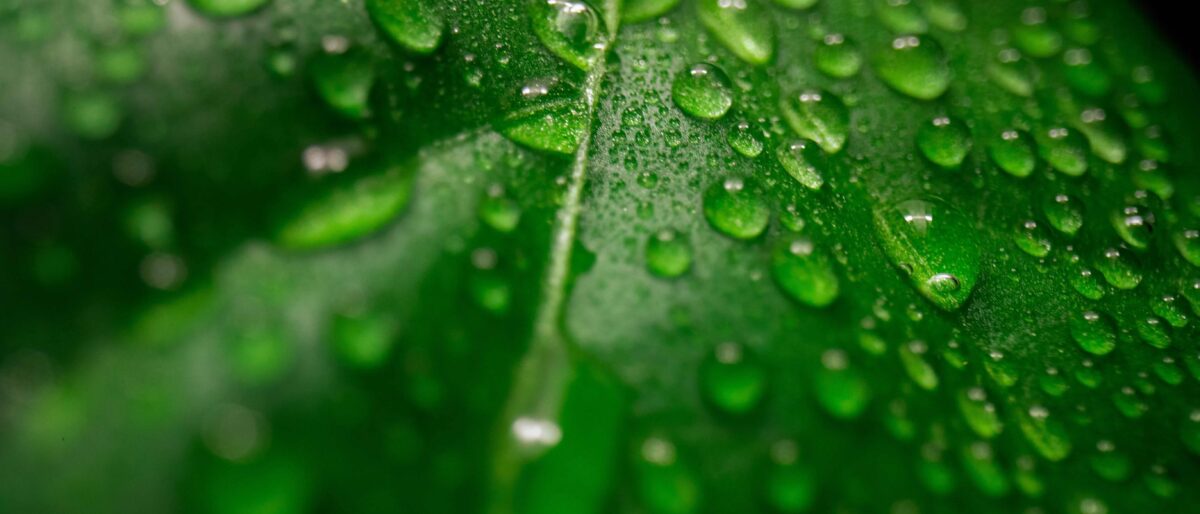Reducing the water footprint in the dairy industry
Complying with stringent wastewater regulations for dairy wastewater discharge.

A protein-rich wastewater, too rich to be wasted
Producing milk, butter, cheese, or yogurt, using pasteurization or homogenization produces wastewater containing dissolved sugars and proteins, fats, and possibly residues of additives. The high levels of BOD and COD loads must be reduced before the effluent can be discharged to either municipal treatment facilities or natural water bodies. The high level of organic matter makes dairy wastewater ideally suited for anaerobic treatment and biogas production.
Recovery of Energy and Nutrients from Dairy Wastewater
To increase the removal of the organic load and to recover the energy from the bio-effluent, a BIOTIM® anaerobic reactor can be integrated into the aerobic treatment process. The biogas from the anaerobic reactor fuels a cogeneration unit for electric power and heat production.
Implementing proprietary dissolved air flotation technology will remove the emulsified fats and grease before the digester. The bio-solids remaining from the biologic treatment process are high in nutrients and can be recycled as a fertilizer for agriculture.
Reducing dependency of tap water and groundwater
To produce a high-quality wastewater compliant with regulations or to prepare the treated water for a final potable water production step, a Membrane Bioreactor can be integrated after the aerobic treatment. Finally, integrating our AQUALITY® UF and HRRO water recovery treatment step will further close the water loop, reducing the amount of externally supplied water.
By transforming waste into energy, we're not just treating water; we're turning a challenge into a sustainable resource, underscoring our dedication to a cleaner, greener future in the dairy industry
Increasing profits while reducing the environmental footprint
Lower discharge fees, biogas production, bio-solids turned into valuable fertilizer and water intake reduction all impact the bottom line. Waterleau counts numerous references in the dairy industry. As a single source for managing the complete water cycle and eco-asset optimization, Waterleau helps driving down your operating cost while improving regulatory compliance.
In need of limiting your water footprint?
FAQ
What is Dairy waste?
Dairy waste primarily refers to the byproducts and residues generated from dairy processing and production activities. This encompasses a variety of waste types, given the diverse range of products produced in the dairy industry, such as milk, cheese, butter, yogurt, and other dairy products. The key components of dairy waste include:
- Wastewater: One of the most significant byproducts, dairy wastewater is generated during the cleaning, processing, and manufacturing stages. This wastewater is rich in organic materials like fats, proteins, lactose (milk sugar), and other substances. It also may contain cleaning agents and sanitizers used in the processing plants.
- Solid Waste: This includes expired or spoiled milk products, cheese whey, and residues from milk processing. Solids like butterfat and protein can also be present in the wastewater as suspended solids.
- Sludge: A semi-solid byproduct from the wastewater treatment process. Sludge is often rich in nutrients and organic matter.
- Packaging Materials: Waste from packaging, such as plastic, cardboard, and other materials, is also a significant part of dairy waste, especially in large-scale production and distribution.
Dairy waste, particularly the wastewater, is characterized by high levels of biochemical oxygen demand (BOD) and chemical oxygen demand (COD), indicating a high concentration of organic matter. If not treated properly, dairy waste can have significant environmental impacts, including water pollution and contribution to greenhouse gas emissions.
Advantages of wastewater treatment in the dairy industry
- Environmental Protection: Proper treatment of dairy wastewater reduces pollution of water bodies. It decreases the levels of organic matter, nutrients, and chemicals that can lead to eutrophication and harm aquatic ecosystems.
- Regulatory Compliance: Adhering to environmental regulations and avoiding potential fines and penalties is a key advantage. Many regions have strict standards for wastewater discharge, and effective treatment ensures compliance.
- Resource Recovery: Advanced treatment processes can recover valuable byproducts from wastewater, like biogas through anaerobic digestion. This biogas can be used as a renewable energy source, reducing reliance on fossil fuels and lowering greenhouse gas emissions.
- Sustainability and Corporate Responsibility: Demonstrating a commitment to sustainable practices can enhance a company's reputation and align with the growing consumer preference for environmentally responsible businesses.
- Cost Savings: Efficient wastewater treatment can reduce operational costs in the long term. Reusing treated water in the production process conserves water and reduces water procurement costs, which is especially beneficial in regions with water scarcity.
- Water Conservation: With effective treatment, wastewater can be recycled and reused within the dairy plant for various purposes, contributing to water conservation efforts.
- Public Health Protection: Proper treatment helps eliminate harmful pathogens and contaminants from wastewater, safeguarding public health, particularly in communities near dairy processing plants.
- Enhanced Operational Efficiency: By integrating wastewater treatment into their operations, dairy companies can streamline their processes, reducing waste and improving overall efficiency.
Find your local contact
Our expertise is always within reach. Digital communication has cut long distances short, but we advocate the traditional way of sharing insights.
Contact us today. We are looking forward to help you reach your sustainable development goals.




